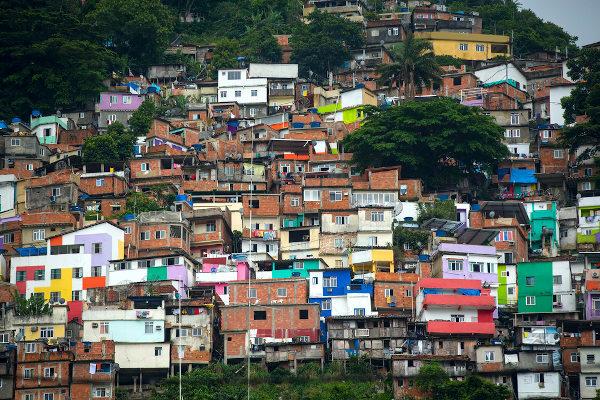Located in the region called Sub-Saharan Africa, Tanzania borders Kenya (to the north), Rwanda, Uganda and Burundi (to the northwest), Democratic Republic of Congo (the west, across Lake Tanganyika), Zambia (southwest), Malawi and Mozambique (south), as well as being washed by the Indian Ocean, where an island belonging to the country is located, Zanzibar.
Tanzania is one of the African countries with the greatest availability of water, since in its territory are the three largest lakes on the continent: Vitória, Tanganyika and Malawi. The northwestern portion is quite mountainous, home to the highest point in Africa, Mount Kilimanjaro, at 5,895 meters above sea level. National parks are another highlight of the country, a fact that attracts thousands of tourists.
The national economy is underdeveloped, with agriculture being the main source of income, accounting for 85% of exports. Approximately 80% of the inhabitants carry out activities in the countryside. The industrial sector operates in the following segments: food, mining (especially gold), petrochemicals, textiles, timber, fertilizers, etc.
The population, made up of various ethnic groups, faces different socioeconomic problems. According to data released in 2010 by the United Nations (UN), Tanzania's Human Development Index (HDI) is only 0.398. Among the factors responsible for this average are: low life expectancy (51.6 years); high infant mortality rate (62 for every thousand live births); more than half of Tanzanians live below the poverty line (on less than $1.25 a day); approximately 28% of the inhabitants are illiterate and 35% are malnourished.
Do not stop now... There's more after the advertising ;)

Tanzania Coat of Arms
Tanzania Data:
Territorial extension: 945,087 km².
Location: Africa.
Capital: Dodoma.
Tropical weather.
Government: Presidential Republic.
Administrative division: 26 regions.
Languages: English and Kiswahili (official), regional languages.
Religions: Christianity 53.3% (Catholic 28%, Protestants 18.6%, others 6.7%), Islam 30.1%, traditional beliefs 14.8%, others 1.5%, no religion and atheism 0, 3%.
Population: 43,739,051 inhabitants. (Men: 21,806,639; Women: 21,932,412).
Composition: Nianveses and sucumas 26.3%, Swahili 8.8%, Haias 5.3%, hehes and benas 5%, other 54.6%.
Demographic density: 46.2 inhab/km².
Average annual population growth rate: 2.8%.
Population residing in urban areas: 25.92%.
Population residing in rural areas: 74.08%.
Undernourished population: 35%.
Life expectancy at birth: 51.6 years.
Households with access to drinking water: 55%.
Households with access to a health network: 33%.
Human Development Index (HDI): 0.398 (low).
Currency: Tanzanian Shilling.
Gross Domestic Product (GDP): $20.5 billion.
GDP per capita: $368.
External relations: World Bank, British Commonwealth, IMF, WTO, UN, SADC, AU.
By Wagner de Cerqueira and Francisco
Graduated in Geography
Brazil School Team
countries - geography - Brazil School


